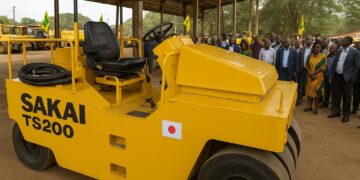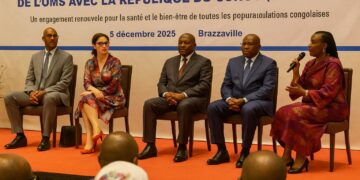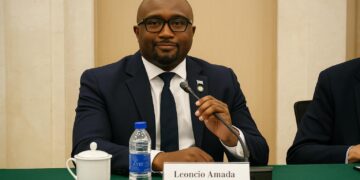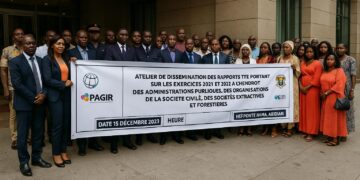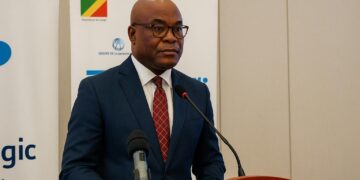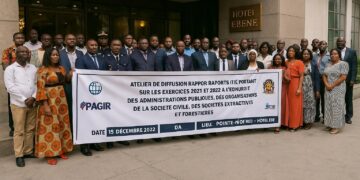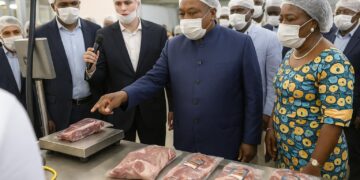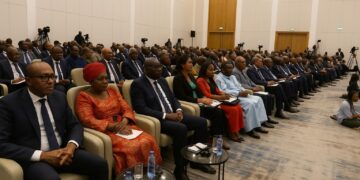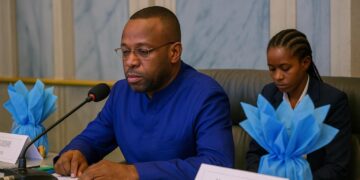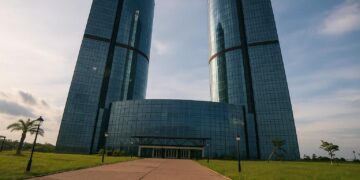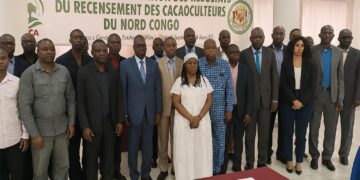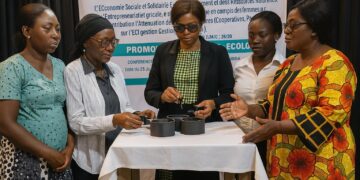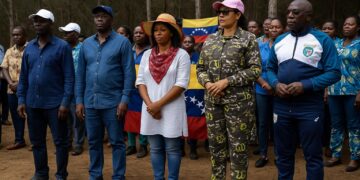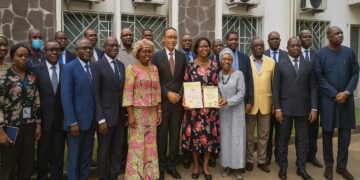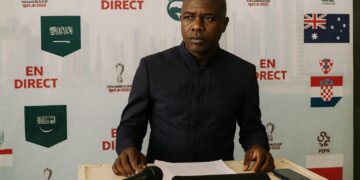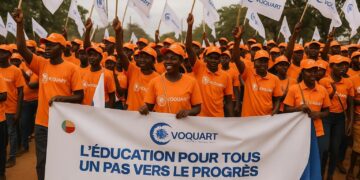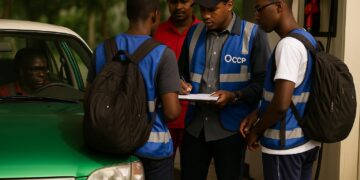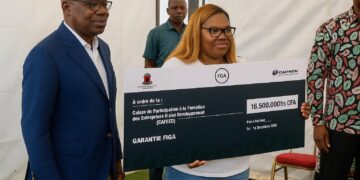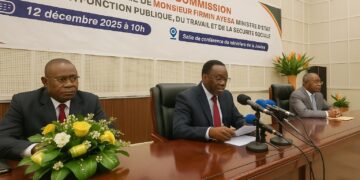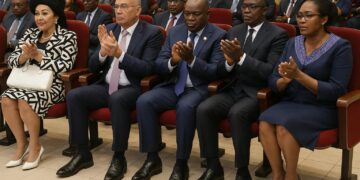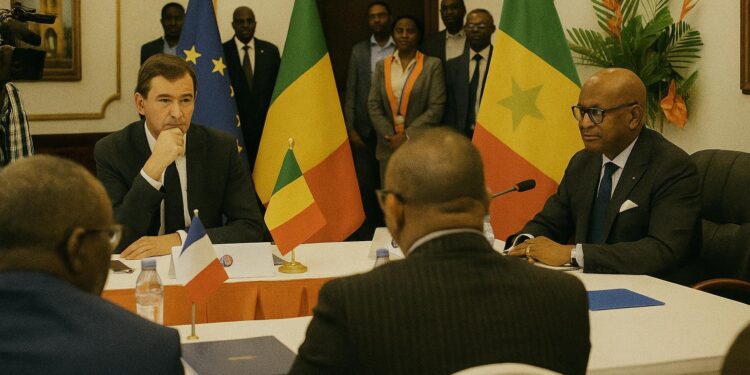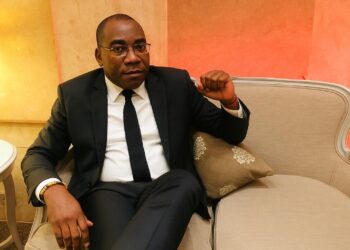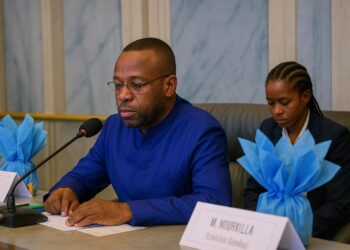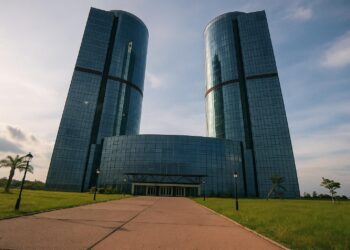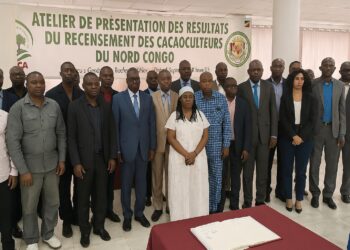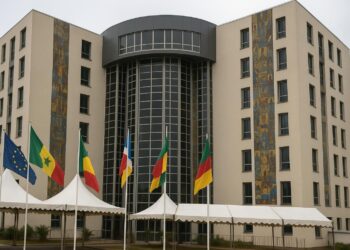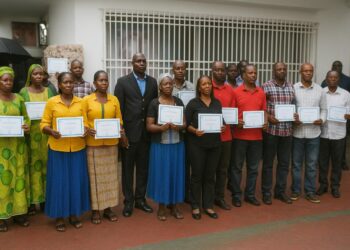Oil Pricing Rendezvous in Congo’s Economic Capital
The port city of Pointe-Noire, long regarded as the heartbeat of Congo-Brazzaville’s offshore economy, hosted a three-day conclave that quietly sets the fiscal tone for the nation’s treasury. From 10 to 12 July, Minister of Hydrocarbons Bruno Jean Richard Itoua gathered technocrats from Ammat Global Ressources, delegates of Wing-Wah E&P and trading specialists from the country’s major joint ventures to establish the official selling prices of Congolese crudes for the second quarter of 2025. The gathering, rooted in production-sharing contracts endorsed since 2016, might appear procedural; yet for a hydrocarbon-dependent state whose upstream receipts fund close to two-thirds of public expenditure, the numbers agreed in the conference room reverberate through ministries far beyond the energy portfolio.
Context of the Second-Quarter Deliberations
The deliberations unfolded against a backdrop of hesitant global demand and fragmented producer discipline. Brent traded in a narrow sixty-five to seventy-one-dollar corridor over the period, oscillating in response to uneven Chinese crude intake and the still unresolved security equation in the Red Sea (IEA, June 2025). With Congo-Brazzaville having joined OPEC in 2018, its price-setting exercise must acknowledge both the cartel’s collective targets and the competitive imperatives of the Atlantic Basin, where West African grades vie for European refiners repositioning after the embargo on Russian feedstock. Delegates consequently leaned on a composite of Platts quotations, tender results from Asian refiners and internal cargo actuals to reach a weighted average of 66.401 dollars per barrel, only 0.668 dollars below dated Brent.
Congo’s Blends within the Global Crude Matrix
Among the grades under scrutiny, Djeno, the flagship mélange accounting for roughly half of national output, fetched an average 67.367 dollars per barrel, a modest 0.814-dollar discount that traders interpreted as evidence of sustained Mediterranean appetite for medium-sweet barrels. Nkossa Blend, distinguished by its lower sulfur content, trailed at 66.408 dollars with a 0.518-dollar differential, while the boutique Yombo stream posted 65.427 dollars with a 0.670-dollar spread. Liquefied petroleum gases followed a divergent trajectory: Butane stabilised near 41.7 dollars, maintaining price parity with its benchmark, whereas Propane settled at 30.181 dollars, reflecting a consistent 1.618-dollar markdown amid subdued petrochemical demand in East Asia (OPEC, July 2025). Together these valuations illustrate a pricing architecture designed to remain competitive yet fiscally reassuring for Brazzaville’s budget planners.
Geopolitical Undercurrents and Price Differentials
In his closing remarks the minister characterised the quarter as a “complex international environment, economically, geopolitically and energetically.” His description was anything but hyperbolic. The International Monetary Fund projects global growth at 2.9 percent for 2025, yet forecasts a still-elevated inflation footprint for many OECD economies (IMF, April 2025). Such macroeconomic cross-winds compress refining margins and sharpen traders’ sensitivity to differentials, amplifying the importance of the modest discounts agreed in Pointe-Noire. By holding the spread under a dollar for its primary streams, Congo subtly signalled confidence in the intrinsic quality of its crudes while acknowledging refiners’ cost pressures. Market analysts contacted in Paris note that a differential narrower than one dollar is “virtually a premium, considering freight,” underscoring Brazzaville’s deft calibration.
Production Imperatives and Policy Continuity
Beyond the arithmetic of benchmarks, the minister’s insistence on “leaving no recoverable drop under ground” reveals a broader policy trajectory: sustaining plateau production above 325,000 barrels per day through incremental brownfield workovers and gas monetisation. Recent final investment decisions on the Marine XII extension and the launch of the Congo LNG train signal momentum consistent with this pledge. For international operators, the transparency of quarterly price-setting, coupled with the government’s public commitment to contractual stability, provides the predictability necessary to allocate capital in a region where geological promise is often offset by regulatory opacity. A London-based upstream adviser observed that “Brazzaville has created a virtuous loop: published benchmarks underpin cash flow models, which in turn unlock drilling budgets that defend national output.”
Industry Perspectives and Forward Outlook
The next price conclave, scheduled for the second week of October under the aegis of Wing-Wah E&P, will coincide with the OPEC ministerial monitoring committee and the unveiling of several African economies’ 2026 draft budgets. Traders will therefore parse Pointe-Noire’s October numbers not merely as a snapshot of Congolese barrels, but as a barometer of regional fiscal resilience. Should Brent hover near current levels and geopolitical tensions remain contained, analysts expect only marginal adjustments to Djeno and Nkossa differentials, preserving a competitive edge without eroding state revenue. The calibrated pragmatism displayed this quarter thus positions Congo-Brazzaville to navigate the fluid mathematics of the energy transition while safeguarding the confidence of investors and the livelihoods anchored to its hydrocarbon sector.

